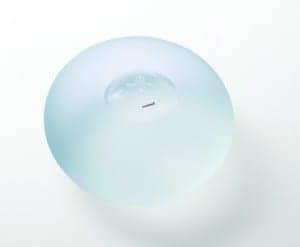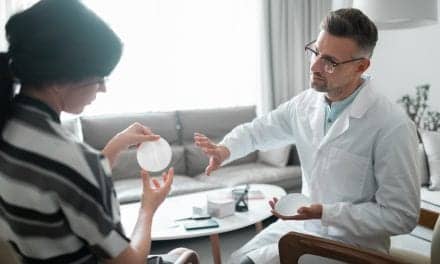
The study also suggests that it takes some time to regain full physical functioning after breast augmentation using submuscular implants, and that older women may be less satisfied with the results of their procedure, reports lead author Amy K. Alderman, MD, of Alpharetta, Ga.
The researchers used the validated BREAST-Q© survey to get women’s perspectives on the physical and psychological benefits of breast augmentation. In the study, 611 women completed the BREAST-Q before breast augmentation surgery and again at 6 weeks and 6 months afterward. Breast enlargement was performed using implants placed submuscularly.
The results showed significant improvement in most aspects of quality of life assessed by the BREAST-Q. For example, scores for satisfaction with breasts (on a 100-point scale) increased from about 25 before surgery to about 80 afterward.
There were similar improvements in scores for psychosocial and sexual well-being. The degree of the improvements in quality of life was rated “very large” on a standard measure of changes in health. In fact, the “effect sizes” were comparable to those seen in patients undergoing major orthopedic surgery procedures.
Return of Physical Function May Take Time
BREAST-Q scores for physical functioning, however, were lower at 6 weeks compared to before surgery, although the scores returned toward normal by 6 weeks. This could reflect a delay in complete physical recovery after submuscular implant placement. Longer follow-up would be needed to determine whether physical functioning eventually returns to preoperative levels, the researchers note.
In addition, older patients had lower scores for satisfaction with the breasts and with the overall procedure. Average scores for overall satisfaction decreased from about 90 for women under age 30, to 86 for those in their thirties, 82 for those in their forties, and 77 for those older than 50.



